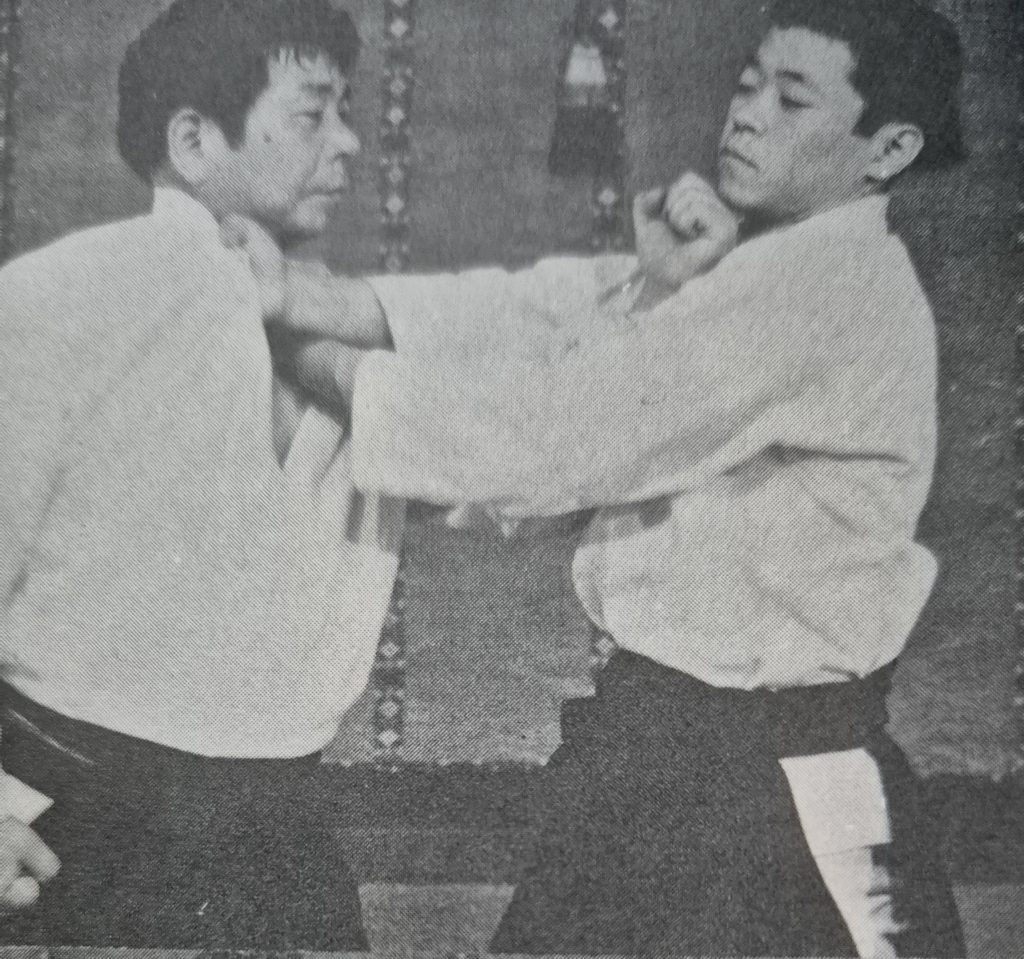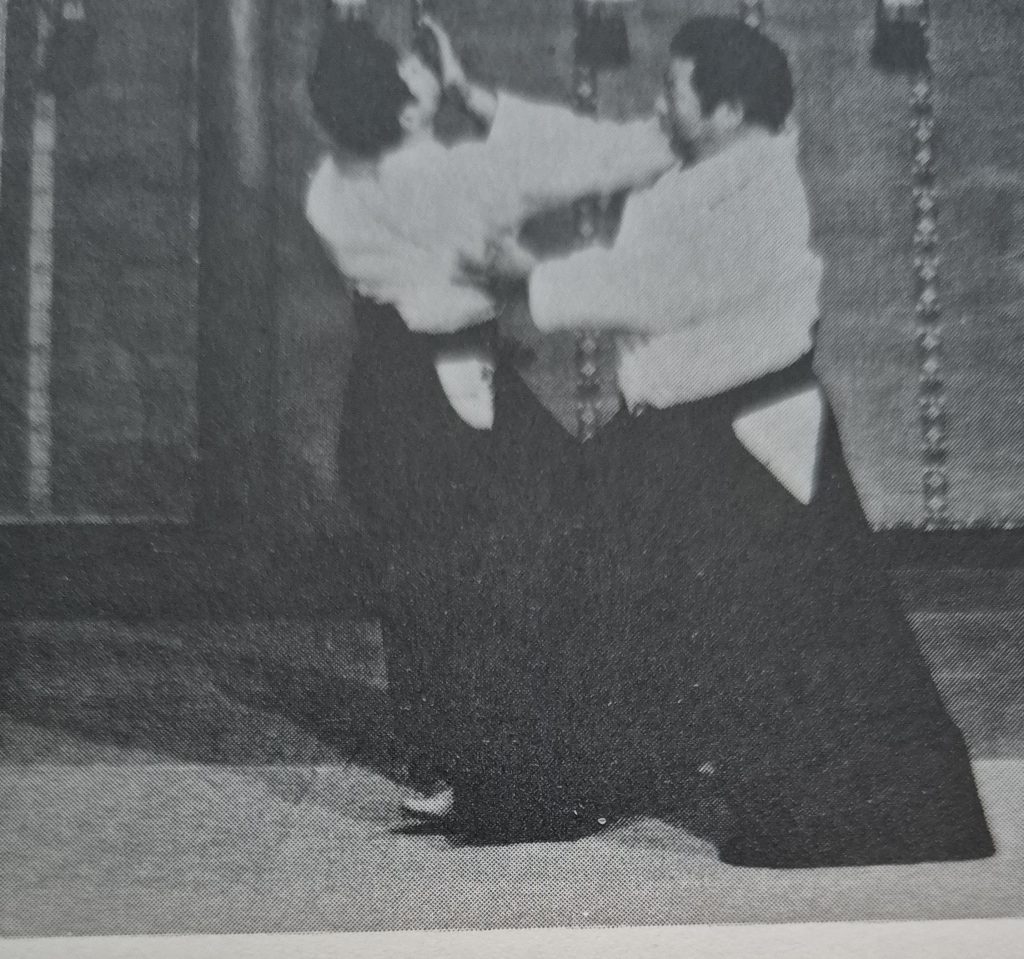When I began my study of Aikido, people often questioned my choice of martial art. The most common myth I encountered was, “Aikido is not for you—there’s no hitting or striking.” This misconception overlooks a foundational element of the art: Atemi Waza, or body striking techniques.
Unlike Karate, which uses tsuki for thrusting punches and geri for kicks, the difference in Aikido lies not in the type of strike but in its application. While Aikido is known as the “gentle art,” the true power of its techniques is rooted in the strategic use of Atemi.
Atemi is Aikido
Far from being an aggressive finishing move, Atemi is a fundamental principle that enhances every aspect of an Aikido engagement. Many practitioners believe that Atemi accounts for as much as 95% of effective Aikido technique.
The purpose of Atemi varies, but a connected strike is rarely the primary goal. The true value lies in its strategic application, whether with a fist, elbow, or even the whole body. As Sensei Morihiro Saito wrote in Aikido, It’s Heart and Appearance:
“Atemi is not intended for destructive purposes. It serves to keep your partner’s power in check and makes it easier for you to start throwing or holding techniques. At times it can even form part of the throw itself.”

For example, Saito Sensei’s feinted punch often created a knee-jerk reaction that brought the attacker closer, setting up a hip throw like Tai Otoshi. This demonstrates that Atemi is not a separate action but an integral part of a technique’s flow, seamlessly guiding the attacker’s body and mind toward a safe and effortless resolution.
There are three primary uses for Atemi in Aikido.
1. Provoking a Response
Atemi is a powerful tool for distraction. When faced with an incoming punch, your first instinct is to protect yourself. An Aikido practitioner uses this natural reaction to their advantage. Saito Sensei’s book features examples where Atemi is directed at the attacker’s (uke) face during holds like Mune-dori or Katate-dori.
This feinted strike draws the uke‘s attention, causing them to stiffen or change their stance. This split-second reaction creates an opening, allowing for a throw or technique to be executed with minimal resistance.


One common criticism of Aikido for street defence is the risk of the uke not reacting as anticipated. Saito Sensei addressed this very scenario, stating:
“Atemi must always be synchronous with your move to deflect your partner’s attack. A moment of hiatus between parrying your partner’s attack and delivering Atemi could result in his possible escape.”
This is why the use of freestyle practice, or Randori, is so valuable. It encourages adapting to unexpected reactions, so if an attacker ducks or moves away, your training in Atemi allows you to flow with their reaction, smoothly transitioning into a different technique.
2. Moving the Mind and Body
Beyond physical distraction, Atemi works on a deeper, more subtle level. It can be seen as the principle of extending Ki—an energetic projection intended to alter the attacker’s behavior. By simply extending your intention with a swift, open-handed movement, you can slow your opponent down, disrupt their focus, and take them off balance.
This is an interplay of mental and energetic manipulation. As Sensei Gerald Lopez of the Brixton Ki Club wrote, the principle is that the mind controls the body.

“By learning to lead an attacker’s mind, this opens the way to leading their body with minimum effort, no matter how big or strong they are.”
A properly executed Atemi can not only take an attacker off balance but keep them off balance, making it far easier to end the engagement without a fight. For this reason, highly aggressive strikes are discouraged, as they cause an attacker to tense up and resist, turning the engagement into a struggle.
3. Atemi as the Core Technique
At its highest level, Atemi becomes the technique itself, particularly in throws like Kokyu Nage (breath throw). This is where Atemi is most misunderstood by outside observers who label Aikido “bullshido” after watching online videos.
What appears to be a simple wave of the hand is actually a direct response to a perceived threat. The Aikidoka has mastered the art of perception, using the threat of a strike to cause a defensive reaction that becomes the very technique that takes their uke down.
Conclusion
The enduring question, “Why don’t Aikidoka strike?” is rooted in a fundamental misunderstanding. Atemi is not an act of aggression but a precise tool for connection, timing, and control. It is the silent conversation that precedes every throw, the invisible force that redirects the attacker’s intent, and the strategic principle that transforms a potential conflict into a harmonious resolution.
As Morihiro Saito Sensei said,
“The power found in the basics is kokyu-ryoku [Breath Power], Ki is there, Ki is extended, this will be the result.”
The principles of Atemi are precisely this: the extension of your energy and focus, born from a deep understanding of the basics. It is the means by which an Aikido practitioner can engage an opponent’s mind and body with minimal effort, proving that the true strength of Aikido lies not in the power of a fist, but in the power of a perfectly timed, well-intentioned strike that is often never even made.
Latest Blog Posts
Stay informed and inspired with our latest blog posts. Discover insights, tips, and trends across various topics.
-
Atemi – The Striking Heart of Aikido
When I began my study of Aikido, people often questioned my choice of martial art.…

